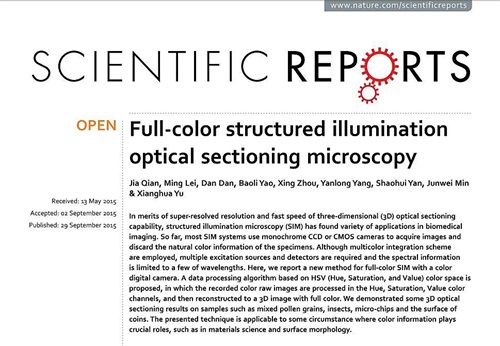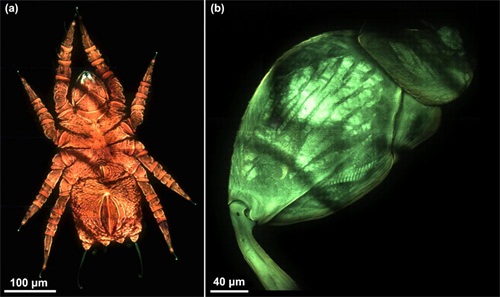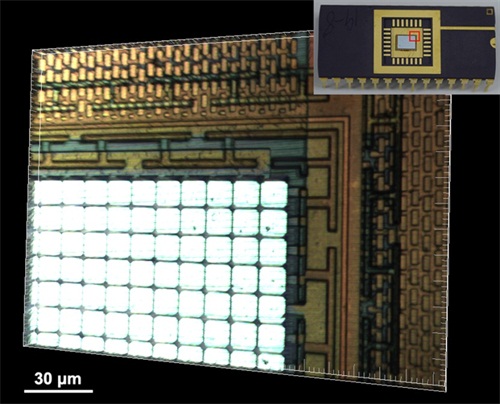Recently, the Scientific Reports under the Nature published the research paper “Full-color Structured Illumination Optical Sectioning Microscopy” of the Yao Baoli Research Group under the national key laboratory for transient optics and photon technology of our institute.
It is well-known that color (spectrum) information is an important physical quantity in describing object characteristics. 3D object color chromatographic imaging technology is an important approach in acquiring object surface morphology characteristics and the 3D digital foundation for true object. The point scanning microscopic imaging technology represented by laser confocal scanning microscope has 3D chromatographic imaging capacity, but point-by-point scanning the entire 3D sample needs long time and the corresponding field is very small, so it is only applied in bio-medicine microscopic imaging field at present. Fringe projection method and white light phase-shift interference method are relatively mature 3D object surface imaging and surveying technologies and are widely used. The two technologies, combined with 3D mapping, can all get surface color information of 3D object approximately, but mapping technique has the shortcoming of high image distortion and low resolution. Meanwhile, limited by phase unwrapping algorithm, fringe projection method and white light phase-shift interference method are not applicable to objects with complicated and sudden structure on the surface, while similar complicated structures are common (such as animal hair, machinery workpiece’s surface burr and plant leaves, etc). Structured illumination microscopy (SIM) is a wide field imaging technology with special illumination mode, and can realize 3D light sectioned imaging through solution and restructure of special algorithm, and is able to precisely resolve complicated structure of sample surface. However, all SIMs available at present are single color ones. In addition, limited by microscopic objective field size, SIM technology is only applied in microscopic field currently.
XIOPM’s Yao Baoli Research Group has conducted deep meticulous theory and practice studies and firstly proposed and realized SIM technology of digital micromirror device (DMD) and LED illumination since commencement of SIM technology research from 2010 (Scientific Reports 2013, national invention patent ZL201110448980.8). In the research paper published in the Nature, through the light sectioned image gained by recording white light or multi-color structure light illumination with color CMOS camera and by improving the mean square root chromatographic algorithm adopted in traditional light sectioned SIM technology, the group advances HSV color space-based color decoding algorithm (application for national invention patent underway) and helps acquire high-resolution color 3D image of object. Combined with 3D multi-field data self-adaption fusion technology, the paper solves the problem that high-resolution 3D image of the entire object can not be gained in once-through operation upon microscopic imaging of mesoscopic object (submillimeter-millimeter magnitude size) due to limitation of microscopic objective field and realizes the range of field over 2mm2. The Research Group, through joint experimental study with CAS Institute for Animal, realized color 3D light sectioned imaging of mite and insect jumper and provided powerful technical support to studies in the field. Meanwhile, the research also conducted large-field color 3D imaging of microelectronic chip and coin surface structure, promoted application of SIM technology in 3D object surface morphology measurement.
Currently, 3D imaging and surveying technology is an important research direction in the field of optics both at home and abroad, and has been built in the whole flow of modern industrial and cultural creative sectors. The research achievements make XIOPM master core technology in 3D microscopic imaging field. Through cross cooperation with disciplines of bio-medicine, material chemistry and precise manufacturing, the technology will greatly lift China’s research level in the field and witness broad application prospects.
Download link: http://www.nature.com/articles/srep14513





